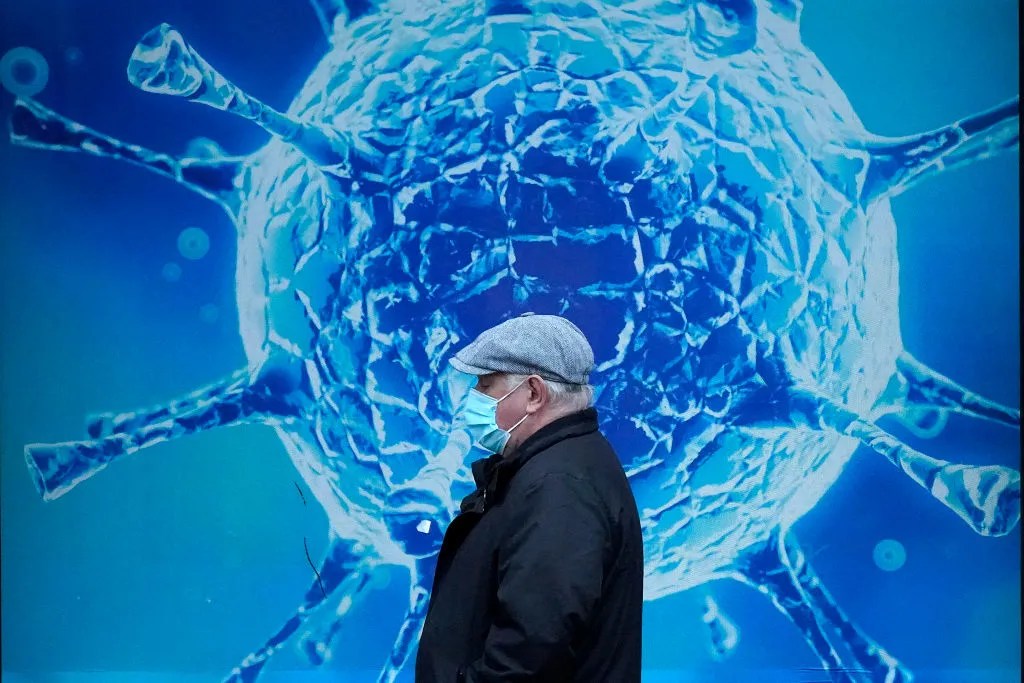Throughout the Covid pandemic, the BBC’s coverage has strictly followed what is now known as ‘official science’ – with journalists not asking questions, but just reporting what they are told. This has especially been the case when it comes to ignorance of existing research on respiratory viruses.
This week saw the BBC report on the latest fantastic revelation when it comes to Covid: that respiratory viruses, specifically SARS-CoV-2, ‘survive’ for days on certain types of surfaces and foodstuffs, from pastries to canned products.
The news comes from a Food Standard Agency laboratory study carried out using credible methods: viral cultures.
But the final paragraph of the study’s discussion page hints that something is not quite right:
‘The public may be interested in the finding that virus may persist in an infectious state, on foods and food packaging surfaces, for several days under certain common conditions. There is the possibility of transmission through contaminated food if the food is in direct contact with the mouth and mucus membranes. The potential implications for public health are unclear since inhalation of respiratory aerosols and droplets is considered to be the main route of SARS-CoV-2 transmission.’
Readers familiar with Covid’s transmission riddles will know by now that these statements are hostages to fortune; saying that aerosol spread is the ‘main route’ of Covid transmission would need a lot more evidence than is presently available, whereas fomites (objects which carry infections) so far tick more boxes when it comes to transmission.
So if we are to follow the evidence, it seems like the reverse is actually the case. The discussion of the study should instead say, ‘how does such high-quality evidence from laboratory and human observations fit with certainty that inhalation of respiratory aerosols and droplets are the main route of SARS-CoV-2 transmission?’
In their report of the study, does the BBC put this study into the context of transmission? No. Does it refer to the available evidence for this and other respiratory viruses suggesting a more complicated transmission scenario? Absolutely not. Do you go away with a feeling that if you touch a vegetable in a supermarket, you will end up in bed coughing?
About 15 years ago, Dr Mike Broderick and his colleagues followed the incidence of febrile acute respiratory infections (ARIs) caused by adenovirus in military units. They divided the units into ‘open’ and ‘closed’ according to whether they allowed potentially infectious convalescent soldiers to join them or not. This was a proper study with viral cultures and PCR testing. The authors also went a bit further by sampling surfaces looking for viable adenovirus, even in barracks which had been disused for some time. In the end there was no difference in incidences of the virus between the closed and open units. This was a result that mirrors our findings on hospital-acquired Covid infections following viral circulation in the community (with a few days’ lag time), implying that measures such as distancing and barriers do not make any difference.
There’s more. In Broderick’s study, up to 8 per cent of the samples from surfaces in barracks which had not been used for a week contained viable adenovirus. Precisely the same thing was found in several studies in daycare centres for young children in Denmark, where all types of respiratory and enteric viruses and bacteria were found on soft toys, tables, and sofas.
To add to the body of pre-existing evidence, our review of SARS-CoV-2 found 23 studies that investigated fomite transmission. Five studies demonstrated that SARS-CoV-2 viruses capable of replicating were present on surfaces. Four of these studies were in hospitals, and in a further study two Chinese dock workers were found to have asymptomatic SARS-CoV-2 infection during routine screening; the two workers were infected after contact with contaminated outer packaging from a fish cluster pallet.
A noteworthy aspect of establishing transmission is determining the minimum dose of virus particles that can initiate infection – the ‘minimal infectious dose’. Data from a recent human challenge trial showed an intranasal exposure to one million genome copies might be required to yield approximately 50 per cent chance of infection. A positive SARS-CoV-2 culture from fomites is at least three times more likely when the sample has a higher viral load.
Science is cumulative. The BBC reporting would have been better if it set the findings of new studies in the context of what is known. It doesn’t take much to systematically search for what is already known about viruses. If reporters did so, the public might better understand the evidence – as opposed to opinions – about how viruses are transmitted.
This article first appeared on the Trust the Evidence Substack. Sign up here.






Comments